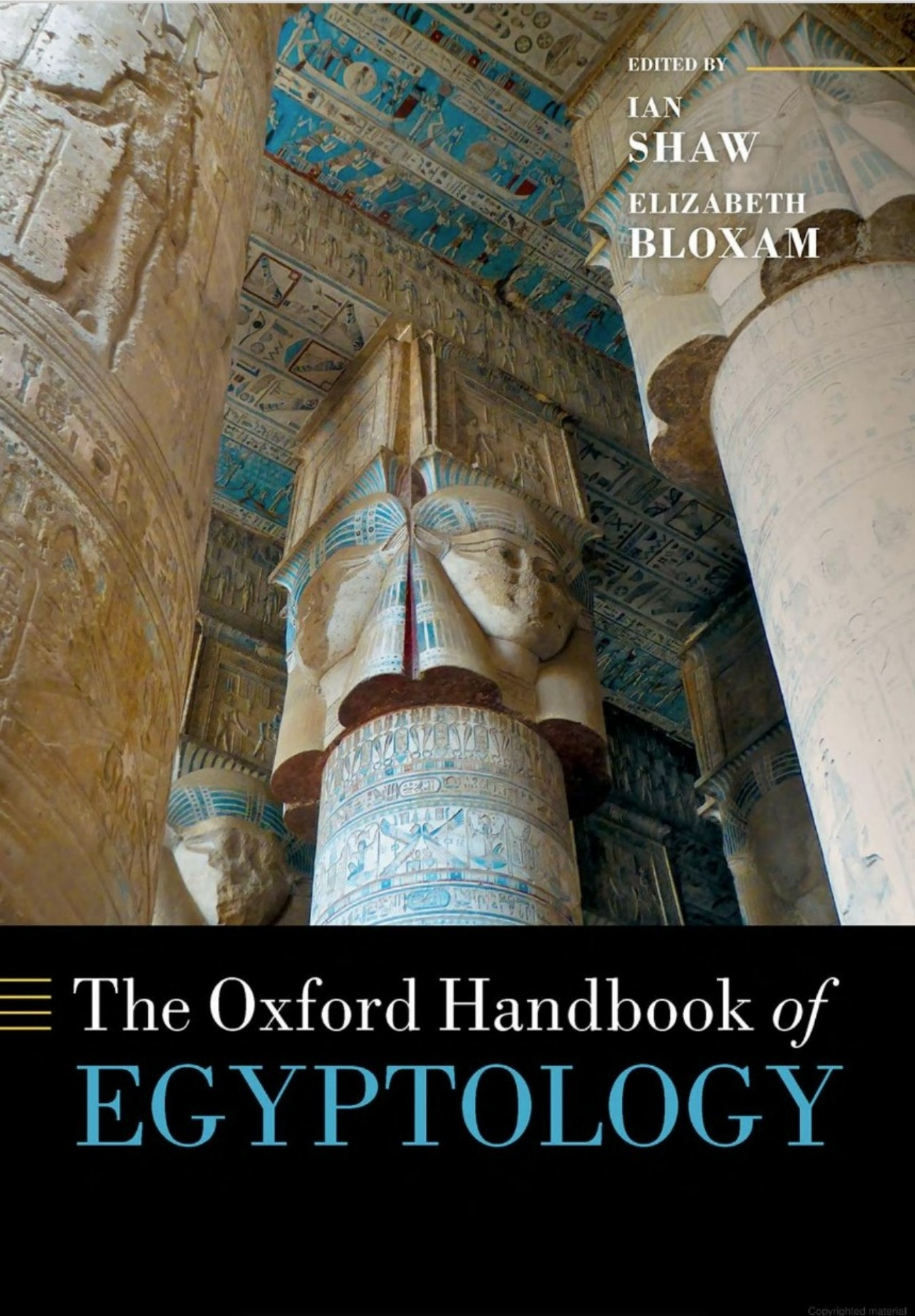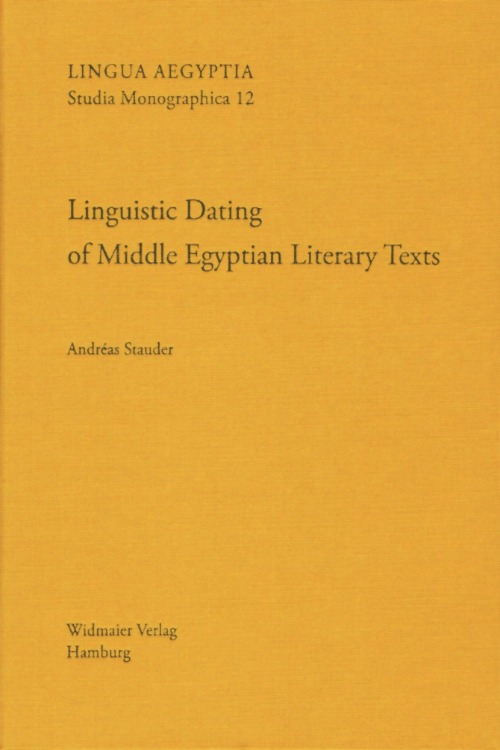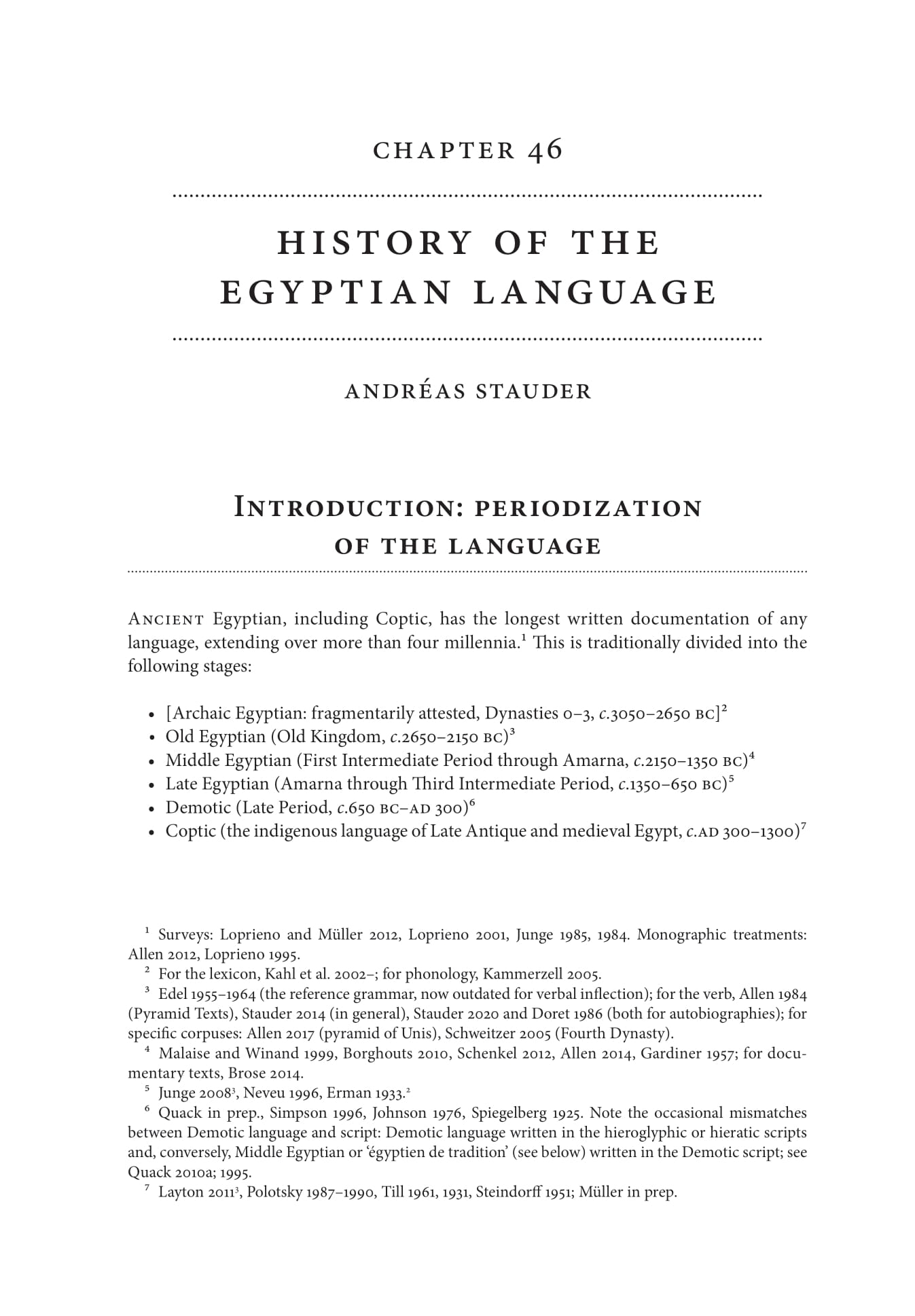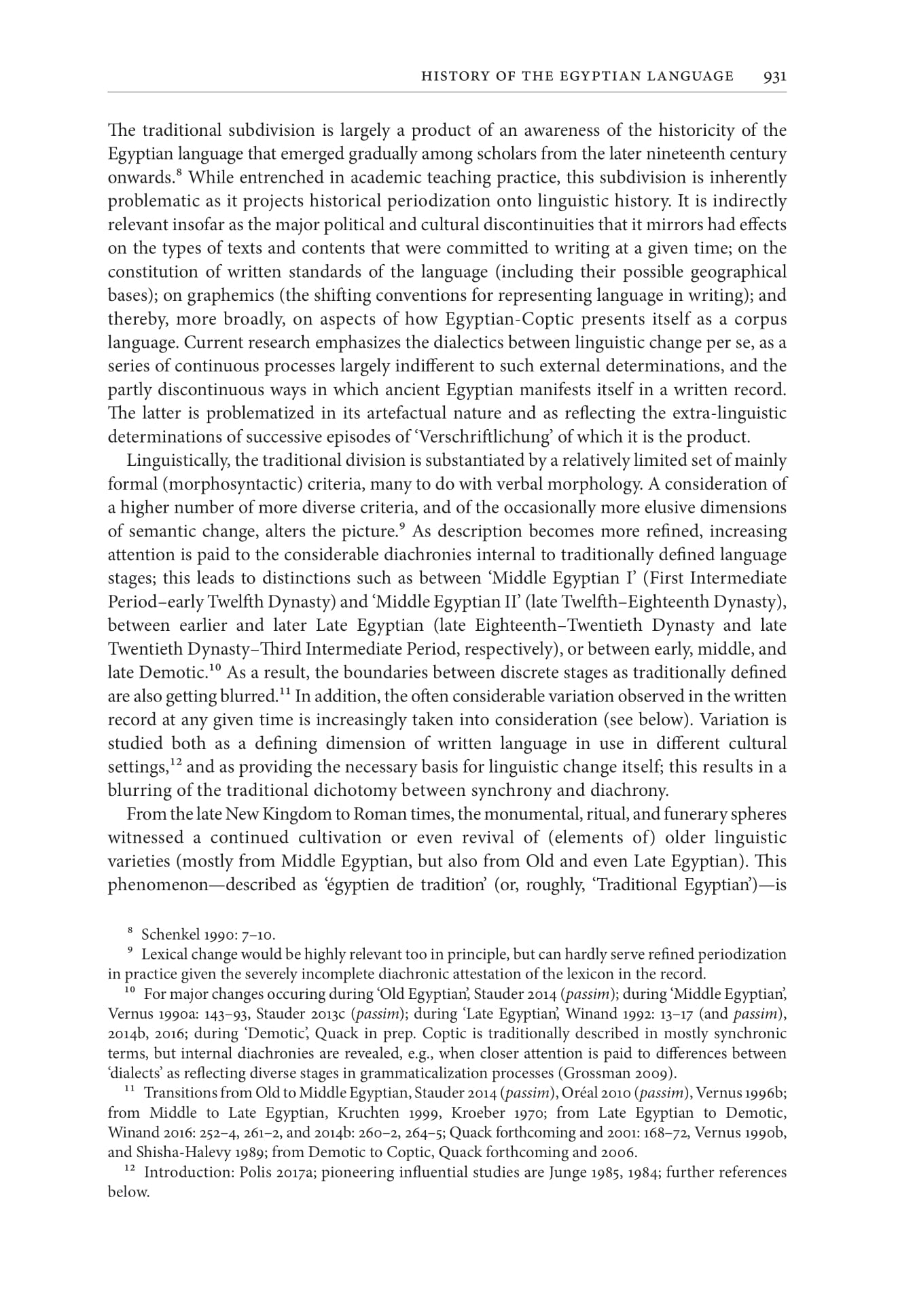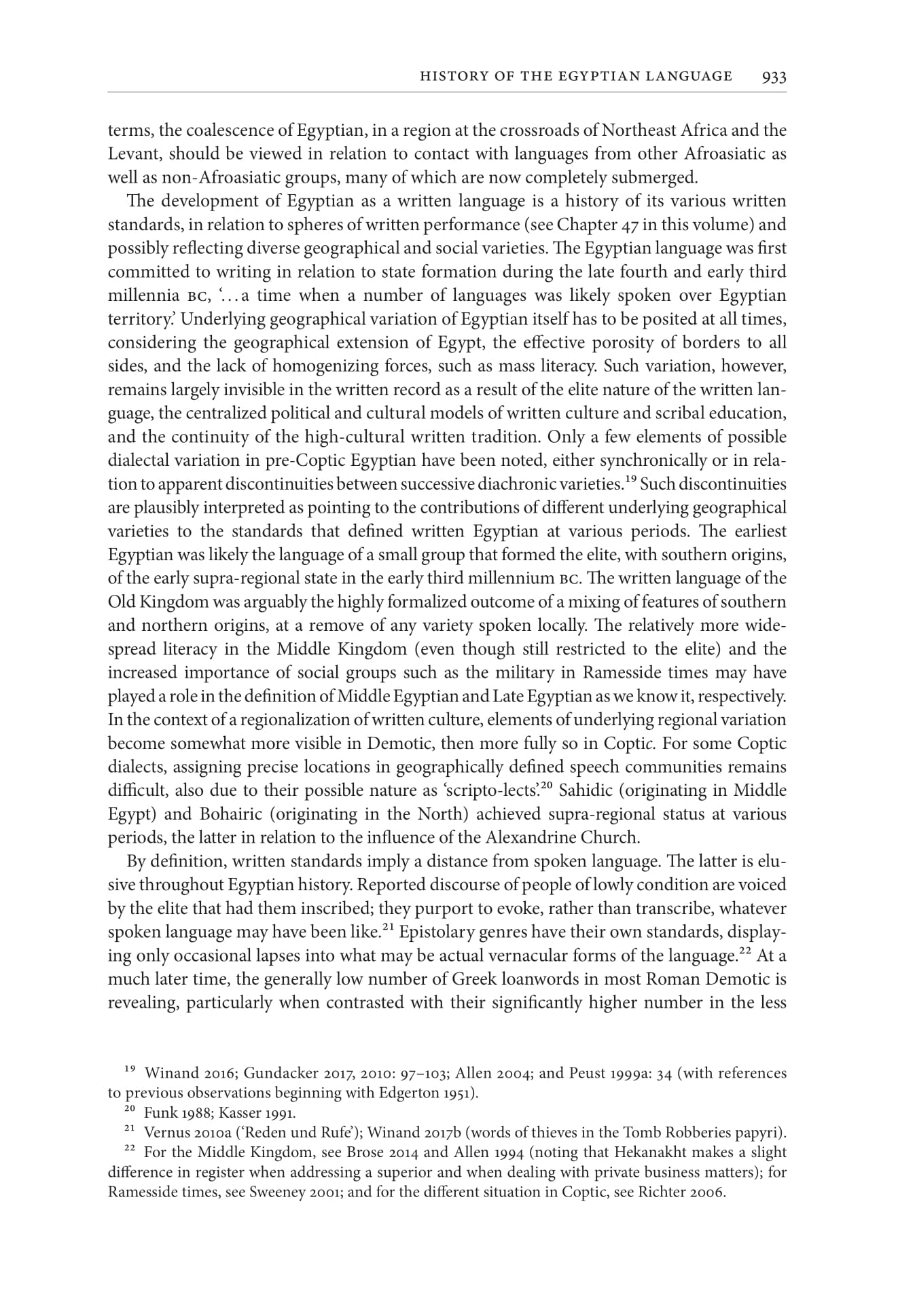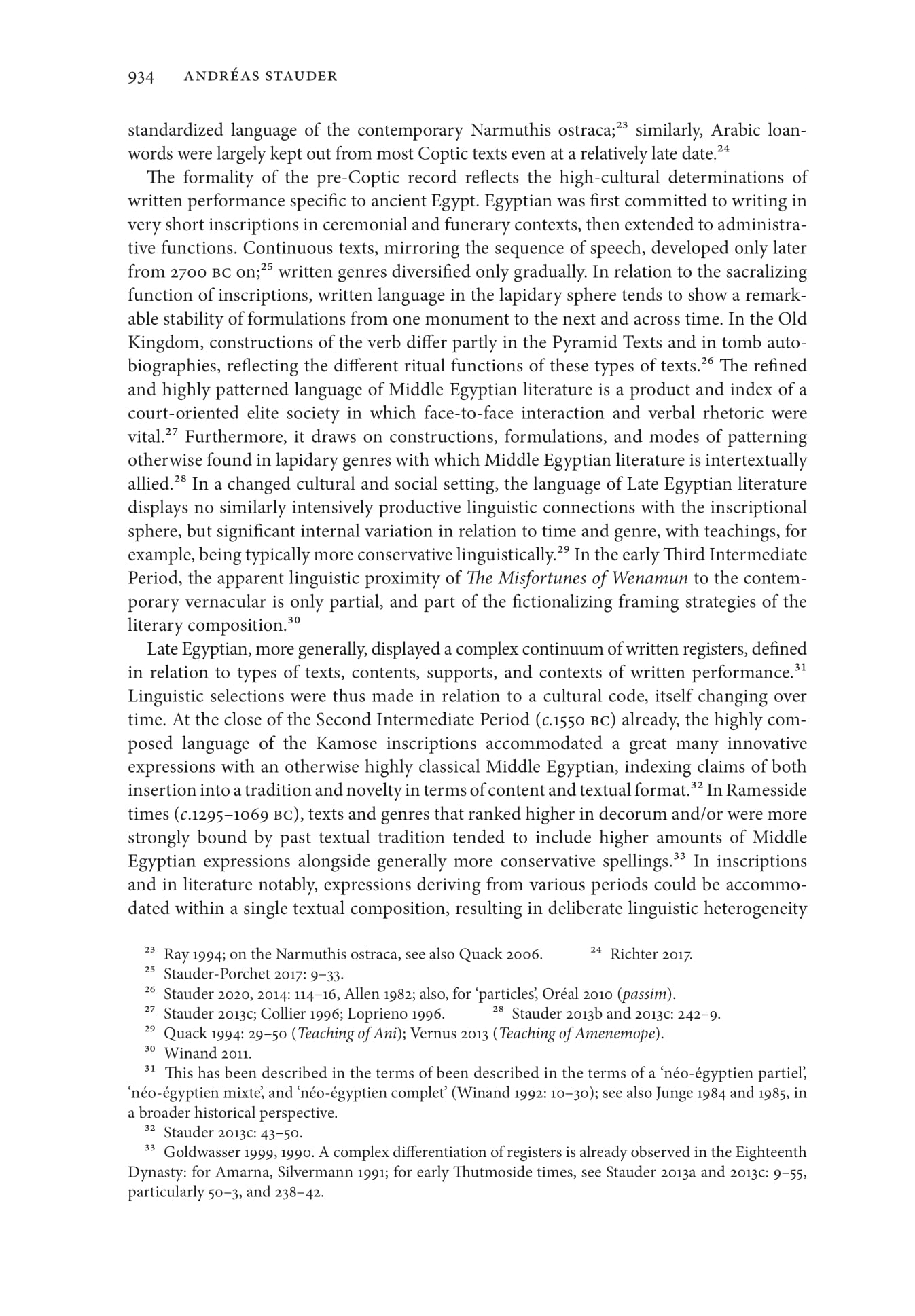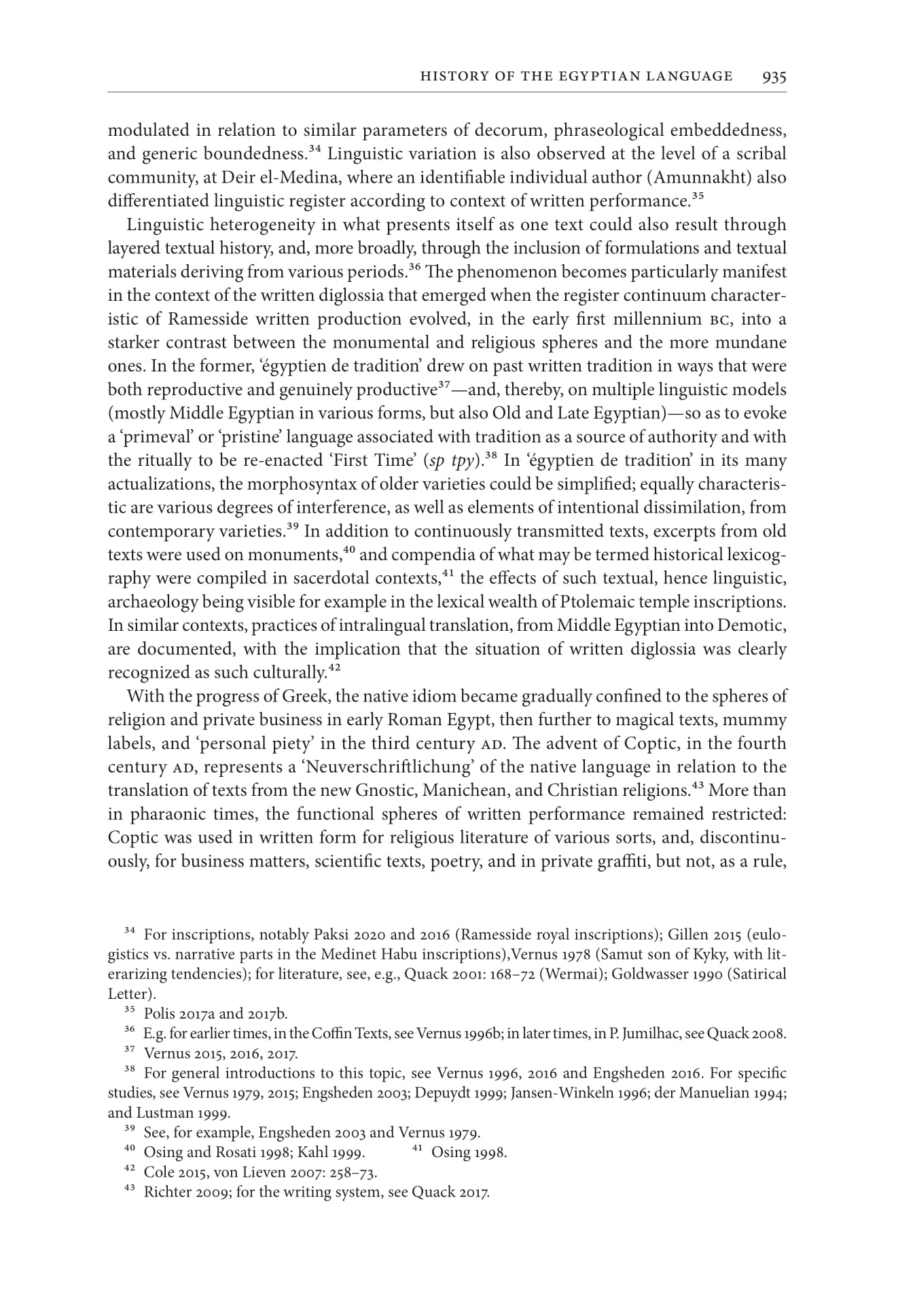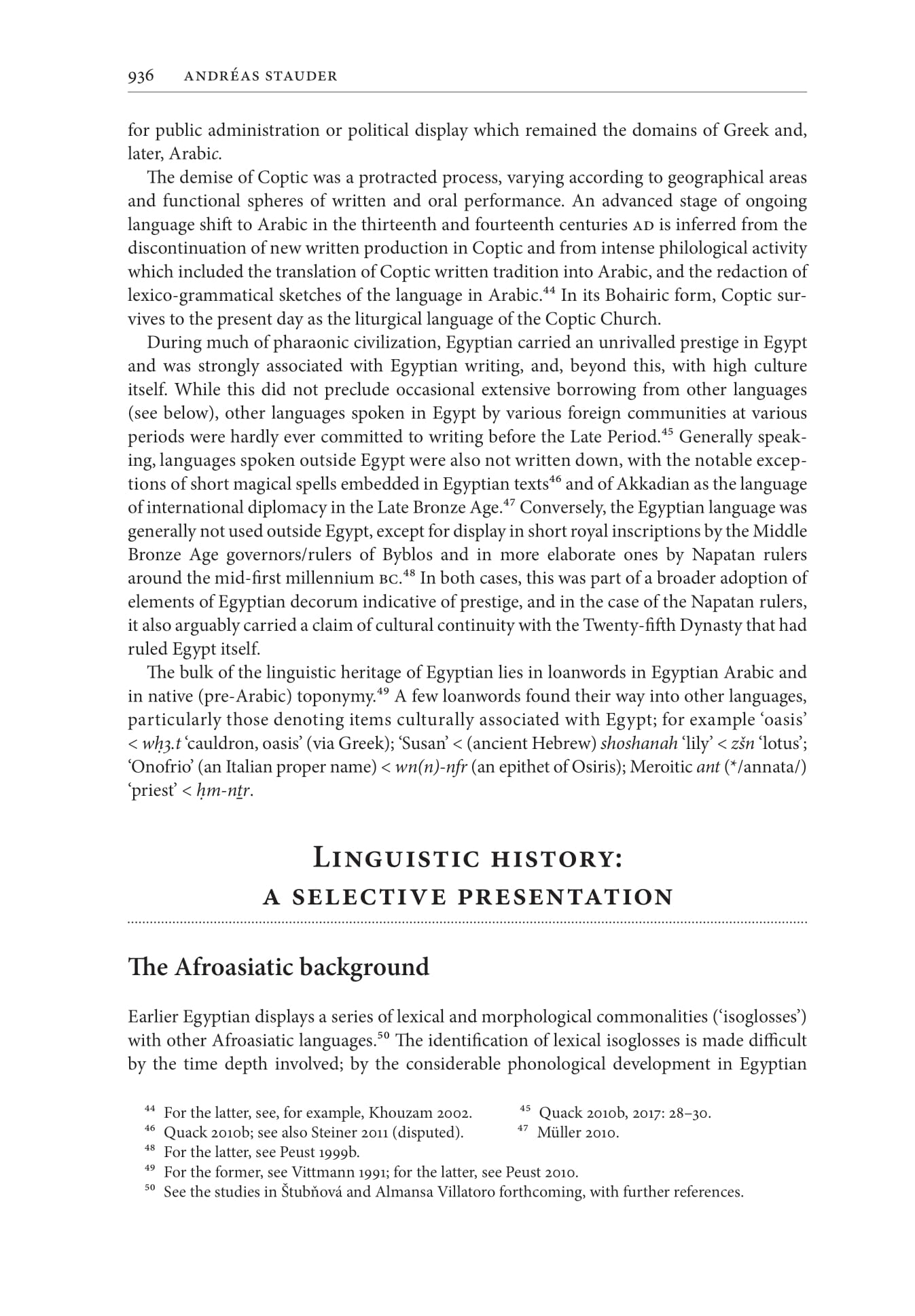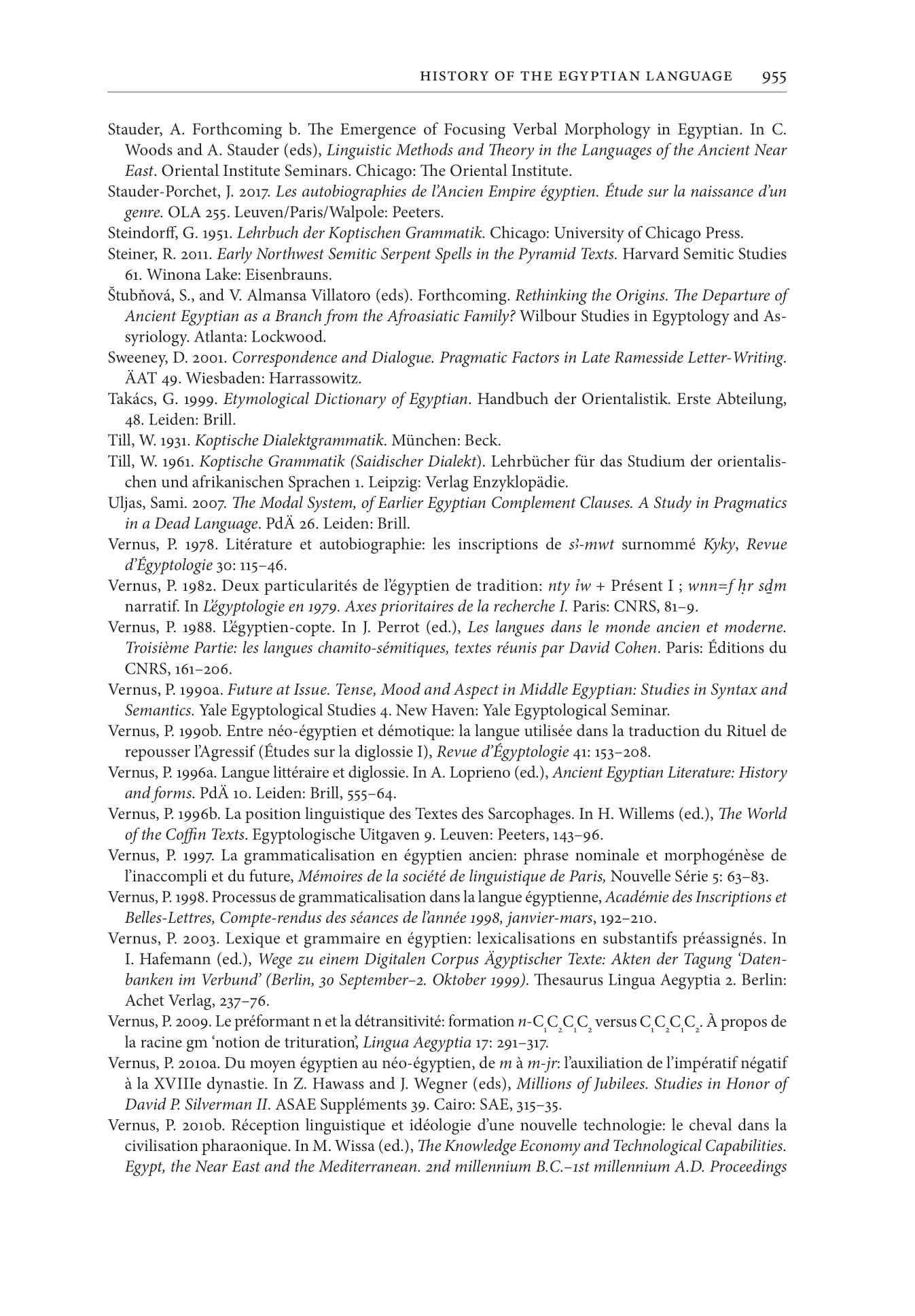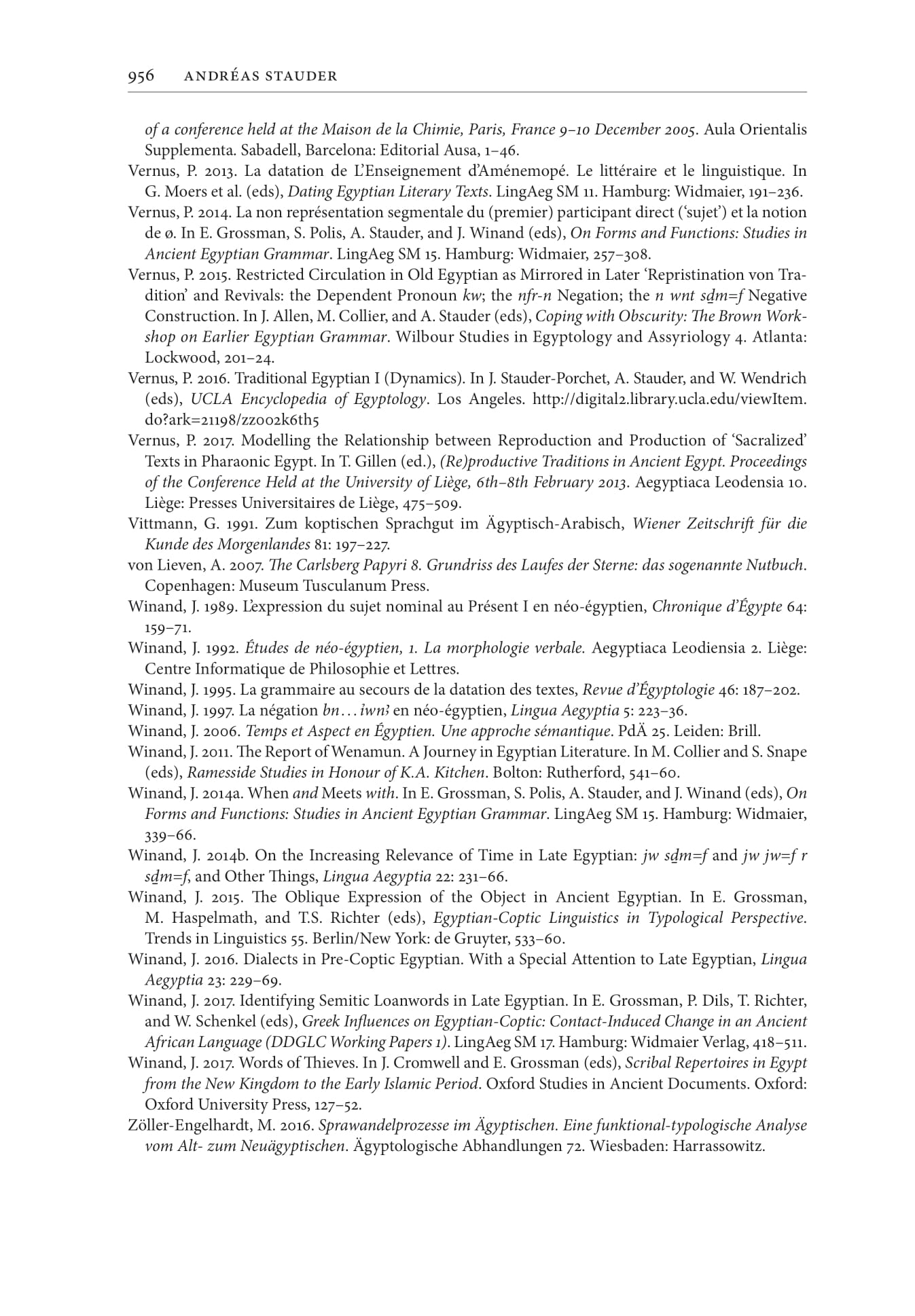About
The Oxford Handbook of Egyptology presents a series of articles by colleagues working across the many archaeological, philological and cultural subdisciplines within the study of ancient Egypt from prehistory through to the end of the Roman Period. The volume seeks to place Egyptology within its theoretical, methodological, and historical contexts, both indicating how the subject has evolved and discussing its distinctive contemporary problems, issues and potential. Transcending conventional boundaries between archaeological and ancient textual analysis, it stresses the need for Egyptology to seek multidisciplinary methods and broader collaborations if it is to remain contemporary and relevant. It therefore serves as a reference work not only for those working within the discipline, but also as a gateway into Egyptology for archaeologists, anthropologists, sociologists and linguists. The book is organized into ten parts, the first of which examines the many different historical and geographical perspectives that have influenced the development and current characteristics of the discipline. Part II addresses the various environmental aspects of the subject: landscapes, climate, flora, fauna and the mineral world. Part III considers a variety of practical aspects of the ways in which Egyptologists survey, characterize and manage landscapes. Part IV discusses materials and technology, from domestic architecture and artefacts through to religious and funerary items. Part V deals with Egypt’s relations with neighbouring regions and peoples, while Part VI explores the sources and interpretive frameworks that characterize different phases of ancient Egyptian history. Part VII is concerned with textual and iconographic approaches to Egyptian culture, and Part VIII comprises discussions of the key aspects of ancient Egyptian scripts and philology. Part IX presents summaries of the current state of the subject in relation to a variety of textual genres, from letters and autobiographies to socio-economic, magical and mathematical texts. The final section covers different aspects of museology and conservation.
Source: Author or Publisher
Access
Read for free
External sources
Primary
Belief system
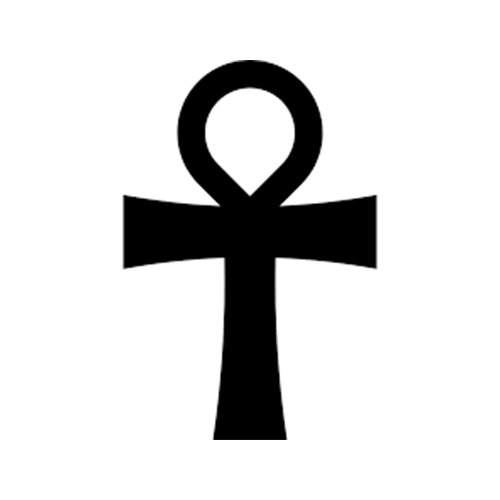
The religion of ancient Egypt represents a cultural identity that lasted from ca. 3500 BCE to 300 CE, and included hundreds of myths, deities, and customs.
Belief systems cited
It looks like only the main belief system was referenced in this work.
Other works
Contributor
Cite this work
ChicagoStauder, Andreas. "History of the Egyptian Language." In The Oxford Handbook of Egyptology, 930–956. Edited by Elizabeth Bloxam and Ian Shaw. Oxford, United Kingdom: Oxford University Press, 2020.

